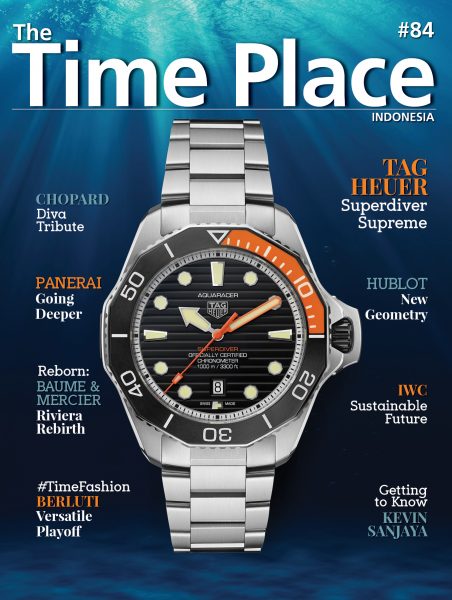Steps to Sustainability: Rolex Perpetual Planet
By The Time Place Magazine
Rolex champions its Perpetual Planet initiative, with Mission Blue as its partner.
The saying goes that “change begins with a single step”, and Rolex, in its efforts to preserve the natural world, has taken leaps and bounds in the right direction. With the same values upheld by its founder, Hans Wilsdorf, Rolex has transitioned from supporting exploration for pure discovery to viewing the endeavour as a means to preserve the natural world.
Act for Earth
For Hans Wilsdorf, the world was a living laboratory, and he used it as a testing ground for his watches, sending them to the most extreme locations, supporting explorers who ventured into the unknown. The word “Perpetual”, is more than a word on a dial. It encompasses the vision and values of Hans Wilsdorf to always seek to achieve excellence, to push boundaries, and take the long-term view. Today, Rolex is continuing his legacy with the Perpetual Planet initiative.
With the aim to create a sustainable planet, the Rolex Perpetual Planet initiative supports key individuals and organisations using science to understand the world’s environmental challenges and
devise solutions that will restore balance to our ecosystems. It currently embraces more than 20 partners including Sylvia Earle’s Mission Blue; an enhanced partnership with the National Geographic Society; and the Rolex Awards for Enterprise.
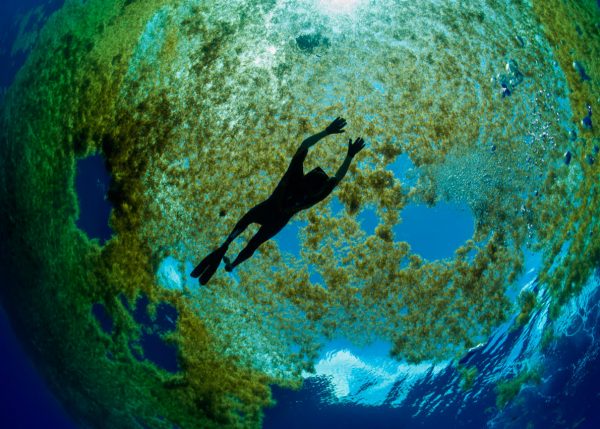
Rolex has been in partnership with National Geographic since 1954, and the two organisations are working together to conduct a series of explorations of the planet’s least understood environments to document the changes occurring, define the implications for people and wildlife, and catalyse solutions.
This includes a Mount Everest expedition in 2019 to study the effects of climate change as well as a 2021 expedition to Tupungato Volcano, in the Southern Andes, to install a weather station. The Rolex Awards for Enterprise, on the other hand, was founded more than 40 years ago to mark the 50 th anniversary of the world’s first waterproof wristwatch, the Oyster. Through the programme, the company supports exceptional individuals with innovative projects that improve our knowledge of the world, protect the environment – helping to preserve habitats and species – and improve human well- being. The 150 women and men selected as Laureates since the programme was launched have had an extraordinary impact on the world, its people and the environment in general. To date, around 23 million trees have been planted; 43 endangered species and 30 major ecosystems protected, including 57,600 km 2 of Amazon rainforest; hundreds of new species have been discovered; 18 challenging expeditions have been completed; and 48 innovative technologies have been developed for a range of applications.
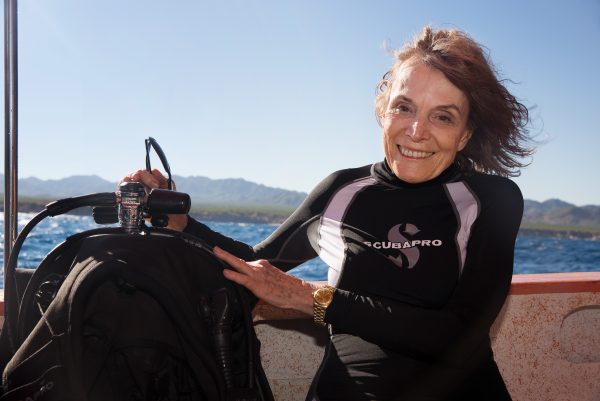
Mission Blue was established by legendary marine biologist and Rolex Testimonee since 1982, Sylvia Earle, after winning a 2009 TED prize for her “vision to spark global change”. Since 2014, Rolex has partnered with the organisation, which is committed to help protect the oceans. Through a network of marine-protected ‘Hope Spots’ – areas of the ocean that are considered vital to the preservation of species or places where communities rely on a healthy marine environment to survive. Key to the programme is the empowerment of the local people to make change by creating a global wave of community support for ocean conservation. From just a concept of preserving the oceans 12 years ago, Mission Blue now comprises a California-based staff, a diverse board of directors, a scientific advisory council and a wide coalition of partners.
As the oceans make up roughly three-quarters of the Earth’s surface, they harbour most of the world’s biodiversity. However, many commercially exploited species of fish have declined by 90 per cent. Furthermore, about half of the coral reefs have disappeared or experienced serious decline, and hundreds of coastal “dead zones” have developed. Because of these alarming issues, it is imperative to take action now. Mission Blue’s goal is to help protect 30 per cent of the oceans by 2030, which is the IUCN’s (International Union for Conservation of Nature) recommended target for safeguarding ocean health.
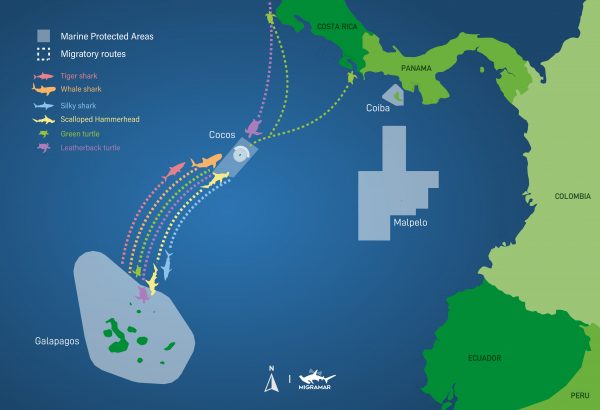
Mission Blue now works directly with communities in more than 69 countries to restore and protect their unique ocean environments. It implements communications campaigns through documentaries, social media, traditional media and tools like Esri ArcGIS for visualising maps. Furthermore, the organisation has also undertaken 30 expeditions with local partners and scientists to gather data and to create visual content that highlights discoveries, conservation challenges and cutting-edge science that will assist in ocean advocacy with stories and findings shared on Mission Blue’s digital platform.
In 2019, three expeditions took place to the Gulf of California, Malpelo Island and the Galapágos Islands. A great many hours were spent observing and filming underwater along with scientists, community leaders and donors. During expeditions, Mission Blue typically meets with government and community leaders, views scientific projects and co-hosts community events.
There is Hope
To nominate a Hope Spot, individuals, local governments or community organisations can fill out a detailed form on mission-blue.org. These applications are then assessed by a team at Mission Blue, then presented to the Hope Spot Council, comprised of marine scientists and policy experts, who meet three times a year. Essential to a successful application is evidence of community support and conservation organisations, as well as a “Champion”, a person or organisation who will represent the area on a scientific and policy level. Once an application has been approved by the council, Mission Blue coordinates with local communities on a launch plan to put the area on a global stage, raise awareness about the issues at hand, and provide bottom-up pressure on policymakers to create and enforce MPAs.
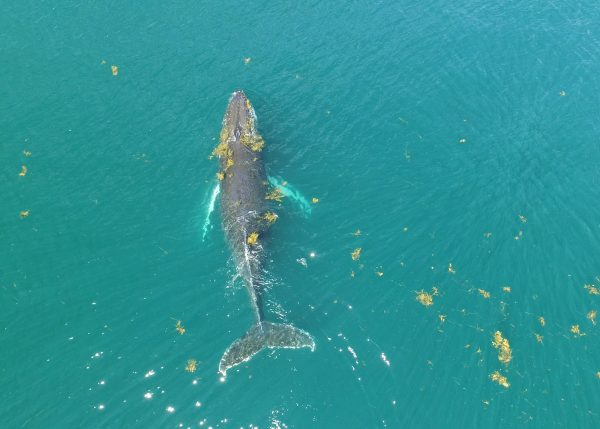
Since 2009, more than 130 Hope Spots have been recognised around the world, with 21 created in 2019 alone. Hope Spots can be established in areas where no formal protection exists or in MPAs where more action is needed. Furthermore, a legal framework is not necessary as long as the community comes together to protect the area. The ultimate goal, however, is to have a legally enforced MPA.
The Sargasso Sea is one such example. Located in the Atlantic Ocean, it is a body of water without land border and is under siege from human impacts such as extreme levels of microplastic pollution. Covering 5,180,000 km 2 (2 million sq miles), the Sargasso Sea is held in the grip of four boundary currents, creating a particularly tranquil surface. Part of the high seas that make up more than 60 per cent of the oceans, which are some of the least protected places on the planet, it is named after the immense mats of golden, free-floating seaweed, called sargassum that bob about its surface. Dr. Sylvia Earle has referred to sargassum as “the golden rainforest of the ocean.” She added that the floating golden rainforest is so important to so many creatures in the Atlantic Ocean, with a significance that really has global impact.
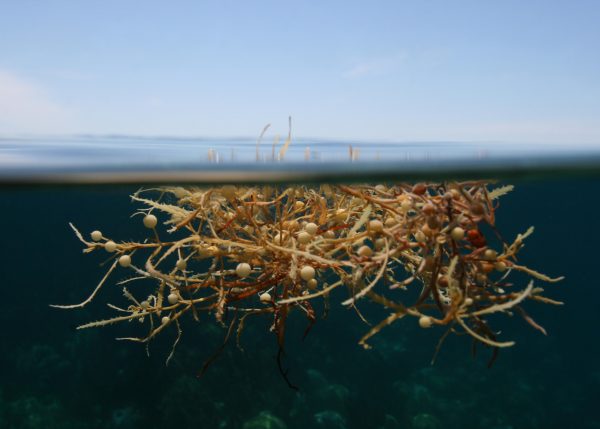
With no resident community to press for the protection of the Sargasso Sea, governments from several countries in the broader area will effectively make up the Sargasso Sea commission.
Two grants from the Global Environment Facility (GEF) and Fonds français pour l’environnement mondial (FFEM) will allow the commission to conduct major research to find out how the ecosystem functions. “These grants will allow for the first-ever ecosystem diagnostic analysis (EDA) of a high seas system to be completed,” explained David Freestone, Executive Secretary of the Sargasso Sea Commission and Hope Spot Champion. The results of the research will be used to form the technical basis for a Strategic Action Plan over the Sargasso Sea, to be implemented and endorsed by the stakeholders, designed to strengthen the stewardship of the region.
#ReadAnywhere the latest issue of The Time Place Magazine
